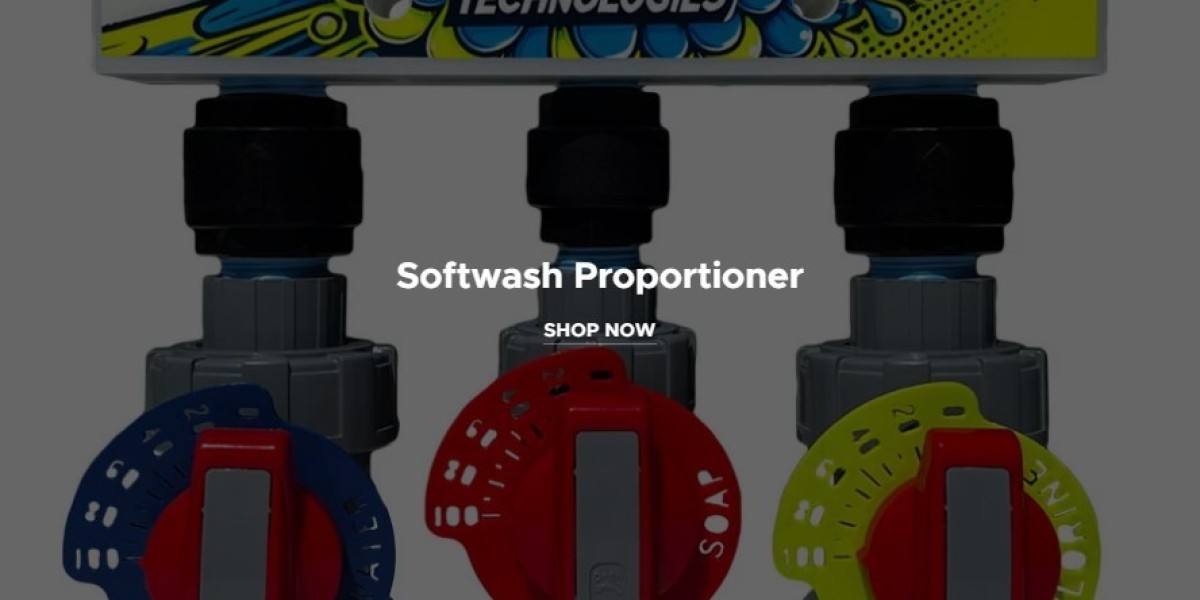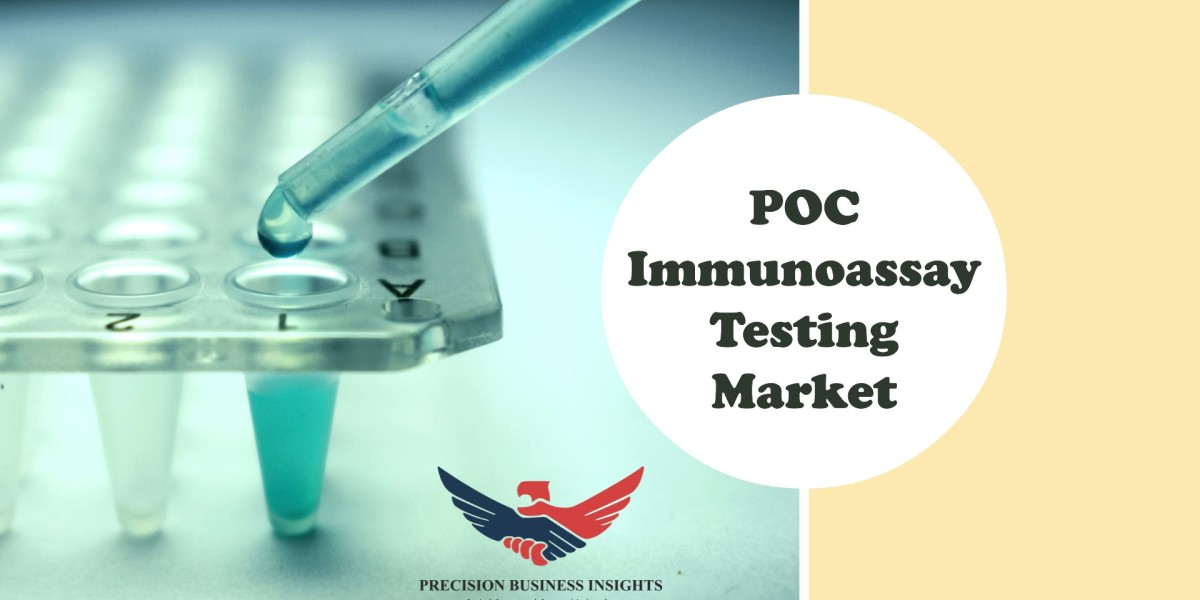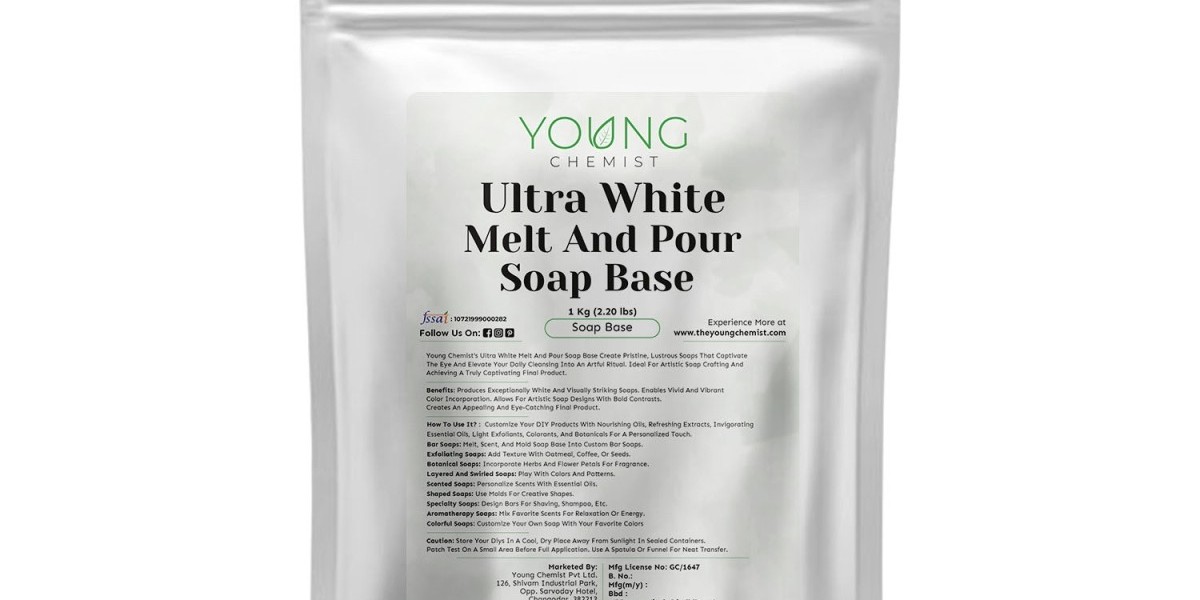Introduction
The environmental impact of cleaning methods is a growing concern, particularly when comparing soft wash vs pressure wash techniques. Both approaches have advantages and drawbacks regarding water consumption, chemical usage, and their overall ecological footprint. This article delves into the environmental effects of each method.
Water Usage: Pressure Washing vs Soft Washing
Pressure washing uses high-powered streams of water to blast away dirt, grime, and algae. While effective, this method consumes a substantial amount of water—often between 3 to 5 gallons per minute. In contrast, soft washing relies more on specialized cleaning solutions and uses low-pressure water. This drastically reduces water usage, often consuming less than 2 gallons per minute, making it more eco-friendly.
Chemical Use and Its Impact
Pressure washing primarily relies on water pressure rather than cleaning agents, but when chemicals are used, they can wash away into storm drains, potentially contaminating nearby water bodies. Soft washing uses biodegradable, eco-safe cleaning solutions designed to break down naturally. This makes soft washing a better option for environmentally conscious cleaning as it reduces harmful chemical runoff.
Energy Consumption
Pressure washers often use gas-powered motors, contributing to higher emissions. Soft wash systems are typically electric or battery-operated, consuming less energy and emitting fewer pollutants. This gives soft washing an advantage in terms of energy efficiency.
Conclusion
When comparing the environmental impact of soft wash vs pressure wash, soft washing stands out as the more sustainable option. It uses less water, relies on biodegradable chemicals, and consumes less energy, making it the eco-friendly choice for cleaning professionals.



